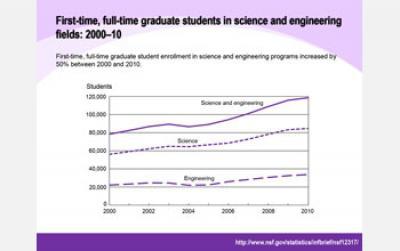Matter exhibits weird properties at very cold temperatures. Take superfluids, for example: discovered in 1937, they can flow without resistance forever, spookily climbing the walls of a container and dripping onto the floor.
In the past 100 years, 11 Nobel Prizes have been awarded to nearly two dozen people for the discovery or theoretical explanation of such cold materials – superconductors and Bose–Einstein condensates, to name two – yet a unifying theory of these extreme behaviors has eluded theorists.
